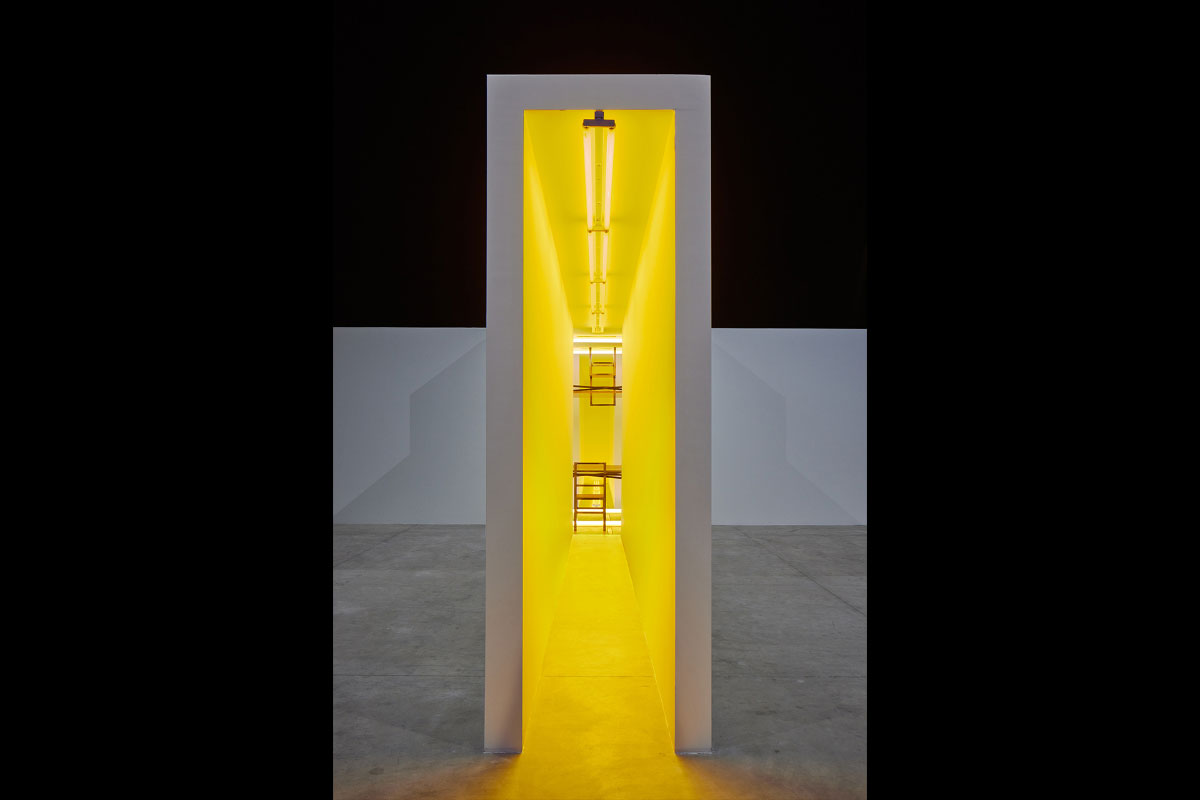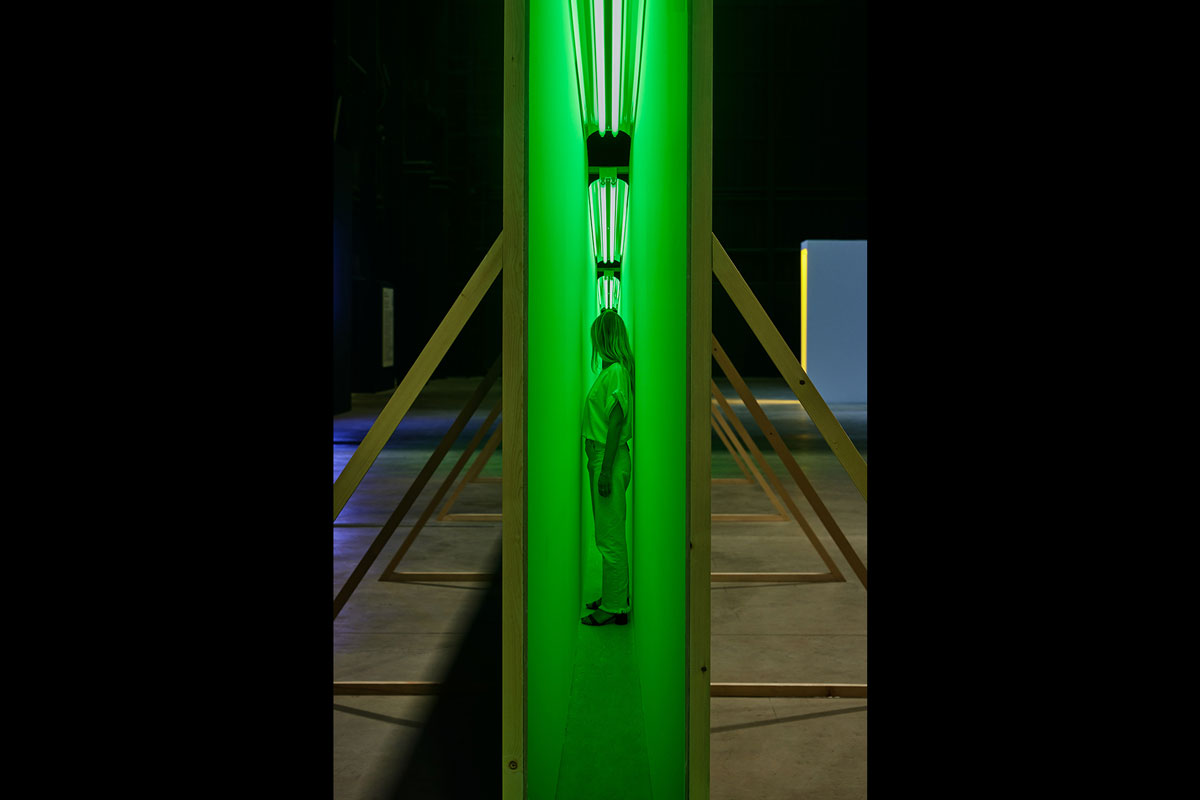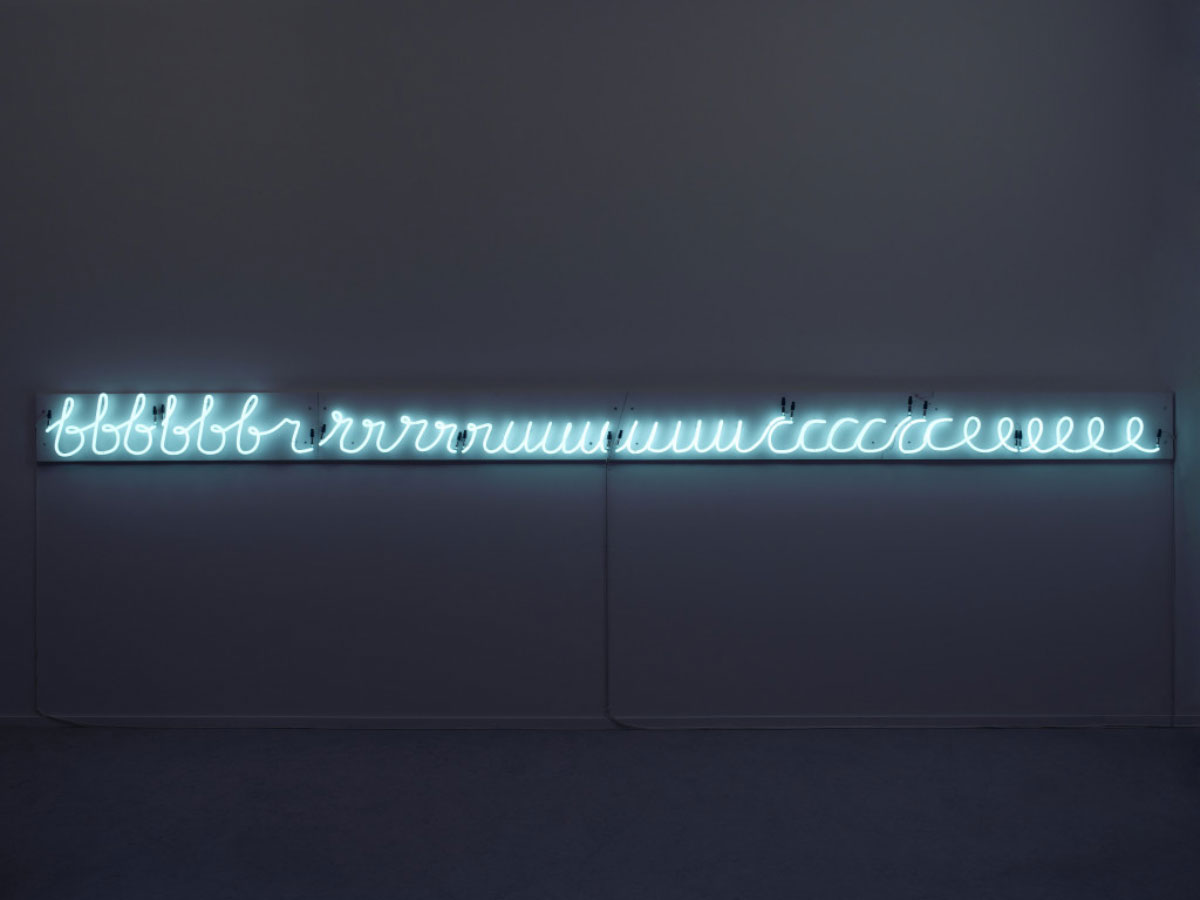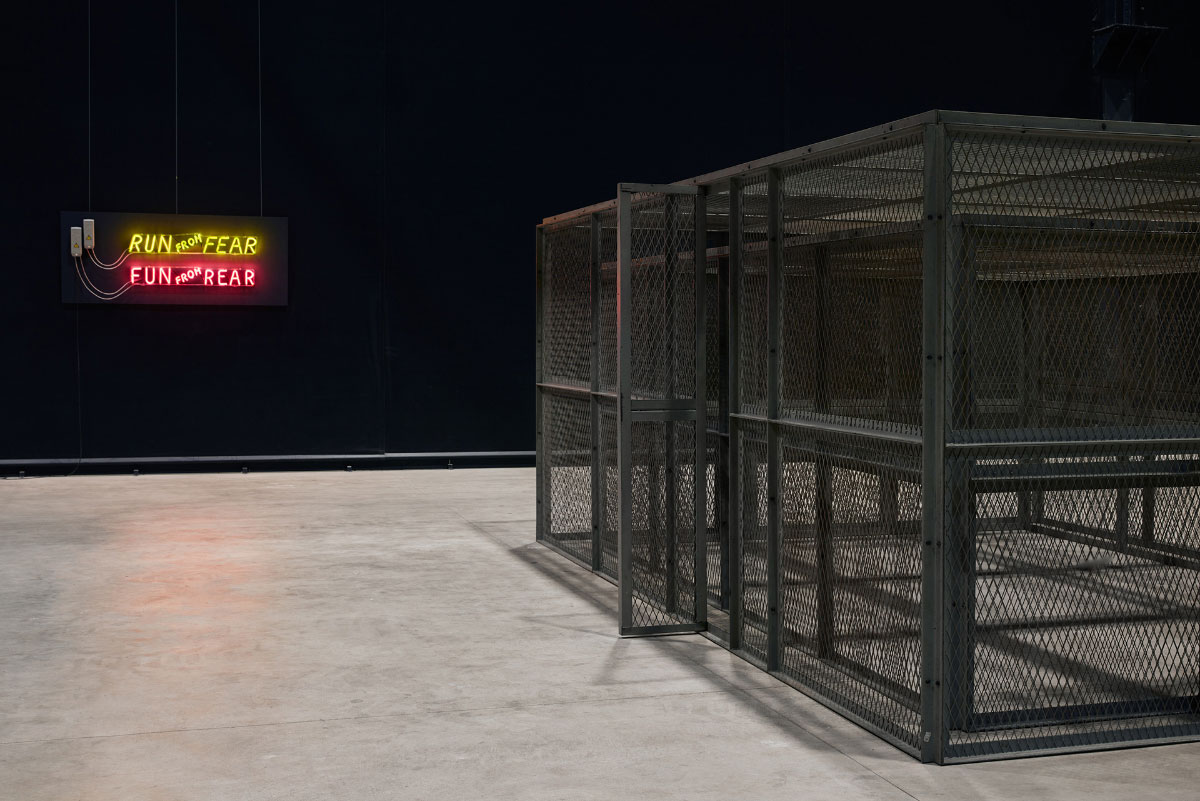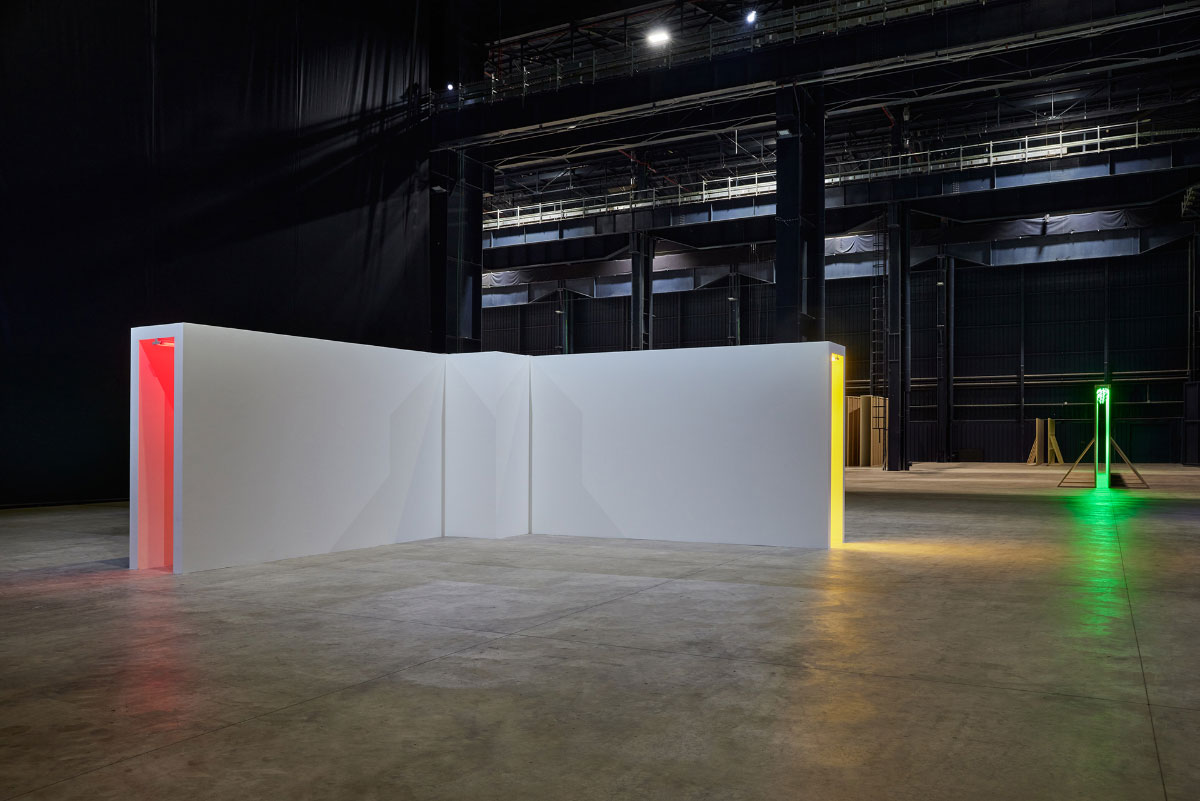PRESENTATION:Bruce Nauman-Neons Corridors Rooms
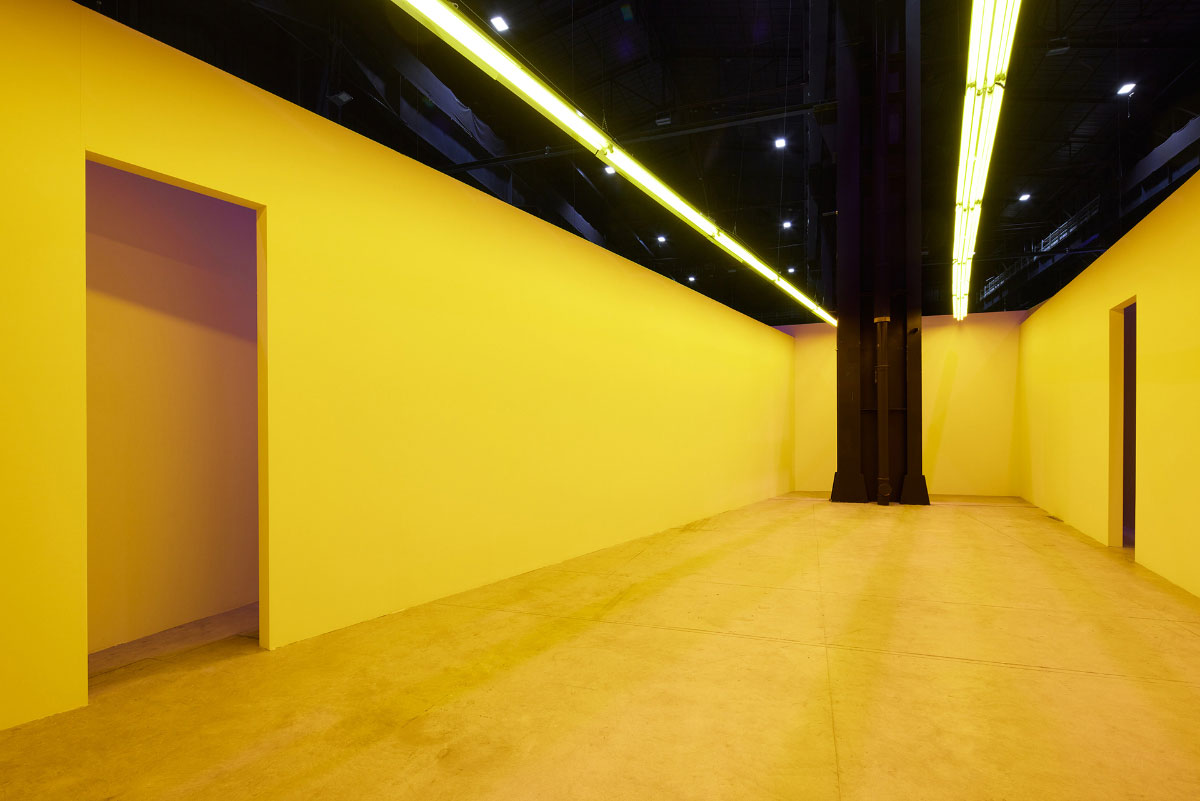 Bruce Nauman has contributed to writing the history of contemporary art since the mid-1960s, thanks to his pioneering research across a variety of media, including installation, video, sculpture, performance, photography, drawing, and sound. His work is distinguished by an interest in understanding the human experience and its conventions, as well as the inner workings of the psyche, which he investigates through the perception of the body, and interactions with space, time, and language.
Bruce Nauman has contributed to writing the history of contemporary art since the mid-1960s, thanks to his pioneering research across a variety of media, including installation, video, sculpture, performance, photography, drawing, and sound. His work is distinguished by an interest in understanding the human experience and its conventions, as well as the inner workings of the psyche, which he investigates through the perception of the body, and interactions with space, time, and language.
By Dimitris Lempesis
Photo: Pirelli Hangar Bicocca Archive
The exhibition “Neons Corridors Rooms” gathers thirty works created since the second half of the 1960s that explore the most innovative dimension in the practice of Bruce with a focus on his spatial and architectural research. The exhibition draws attention to this specific aspect of the artist’s research that has been overlooked in the past years. In a career spanning over fifty years, Nauman has investigated the human condition and the deeper meaning of art-making, embracing a wide variety of different media—installation, video, sculpture, performance, photography, drawing, and sound—with a radical and pioneering attitude. In addition to works presented in retrospectives in Tate Modern (2020- 21) and Amsterdam (2021), the exhibition at Pirelli HangarBicocca, also features a new selection of works that includes some of Nauman’s most representative installations, from many international public and private collections as well as the Bruce Nauman Studio. Covering over 5,000 square meters in the Navate gallery of Pirelli HangarBicocca, and also occupying other spaces, the exhibition brings together for the first time the various types of corridors and rooms, along with six neon pieces, five video and sound installations, and a selection of tunnels, Nauman’s sculptural models for underground architecture. Spanning nearly four decades of research, the exhibition groups works following recurrent themes, thus highlighting on the one hand the variations and affinities among the different works, and on the other hand the artist’s extensive and continuous experimentation. Realized from the late 1960s, the corridors are structures designed by Bruce Nauman to manipulate, record, and test the viewer’s experience and movements within a space. Their architecture compels visitors to follow a path that is both physical and emotional, leading to a greater awareness of limitations and corporality. The exhibition outlines the early stages and development of this body of work, starting with the very first corridor created by the artist, “Performance Corridor” (1969). The idea for this work came from a performance recorded in the video “Walk with Contrapposto” (1968) in which Nauman walks back and forth through a narrow passageway with exaggerated hip movements, imitating the contrapposto pose of classical sculptures. The following year, in 1969, for an exhibition at the Whitney Museum in New York, the artist displayed the structure for this video as a walk-in sculpture, encouraging visitors to use it themselves. Until then, Nauman’s videos and performances had focused on his own presence and figure, with “Performance Corridor” the artist shifted his attention and research to the viewers, and the relationship they establish with the space around them. “Neons Corridors Rooms” reveals how this practice has become a means for Nauman to experiment with space and the body in increasingly radical ways. The exhibition in fact investigates the different types of corridors that followed over the years, employing various shapes, sizes and modes of fruition. The complexity of these works have grown progressively, to the point of incorporating rooms and inserting sound, light, tactile, plastic or visual elements and devices, which alter the visitor’s perception and create a sense of disorientation. In “Green Light Corridor” (1970), for example, a green fluorescent light floods the narrow walkable space between the two walls, while in “Corridor Installation with Mirror – San Jose Installation (Double Wedge Corridor with Mirror)” (1970) Nauman uses a mirror to disorient visitors as they walk through it.
Made in Milan in 1971 at the Françoise Lambert Gallery, and reconstructed here for the first time, “Funnel Piece (Françoise Lambert Installation)” (1971) harnesses natural light as a generative factor in experience. Similarly, electronic and surveillance tools, such as closed-circuit cameras, are repurposed to explore reactions in people’s behavior and movement when they find out that they are being recorded and monitored, as is the case in “Going Around the Corner Piece with Live and Taped Monitors” (1970). In his “Dream Passage with Four Corridors” (1984), the work that opens the exhibition “Neons Corridors Rooms,” the artist uses corridors, fluorescent colored lights, and everyday objects such as chairs and tables, to create a dreamlike home environment. With “MAPPING THE STUDIO II with color shift, flip, flop, & flip/flop (Fat Chance John Cage)” (2001), installed in the Cubo space, the artist focuses on seemingly marginal aspects of the world around us that are usually overlooked. The work comprises seven video projections in which Nauman records the nighttime activity taking place in his studio in New Mexico. As the title itself suggests, the images are chromatically altered or flipped, changing almost imperceptibly, so as to cause a sense of spatial and temporal dislocation in the viewer. In the audio installation “Raw Materials” (2004), the artist creates what can be described as an actual soundscape. The work, commissioned for Tate Modern’s Turbine Hall in 2004, is installed outdoors for the first time, in the outside area of Pirelli HangarBicocca. Twenty-one audio recordings, relating to as many previous works of the artist, are played on a loop, tracing his long career through a succession of cross-references, flashbacks and acoustic alterations. The audio tracks for “Raw Materials” reveal another fundamental aspect of Bruce Nauman’s practice: the use of language and its many relational possibilities. This theme clearly emerges in the neon pieces, which are among the artist’s best known and most celebrated works. Of these, Pirelli HangarBicocca presents a significant selection that shows their evolution. The neon works look into the formal and psychological nature of language, and the transformative potential of the written text. Reflections on art and the role of the artist are central in the very first neons from the late 1960s, such as “The True Artist Helps the World by Revealing Mystic Truths (Window or Wall Sign)” (1967) and “My Name As Though it Were Written on the Surface of the Moon” (1968), while puns and increasingly complex investigations into human existence, and the disturbing aspects of childhood, appear in “Run from Fear, Fun from Rear” (1972), “One Hundred Live and Die” (1984) or “Hanged Man” (1985).
Photo: Bruce Nauman, Left or Standing, Standing or Left Standing, 1971/1999. Installation view, Pirelli HangarBicocca, Milan, 2022. Dia Art Foundation; Partial gift, Lannan Foundation, 2013. © 2022 Bruce Nauman / SIAE. Courtesy of the artist; Sperone Westwater, New York, and Pirelli HangarBicocca, Milan. Photo: Agostino Osio
Info: Curators: Roberta Tenconi and Vicente Todolí with Andrea Lissoni, Nicholas Serota, Leontine Coelewij, Martijn van Nieuwenhuyzen and Katy Wan, Pirelli Hangar Bicocca, Via Chiese 2, Milan, Italy, Duration: 15/9/2022-26/2/2023, Days & Hours: Thu-Sun 10:30-20:30, https://pirellihangarbicocca.org/
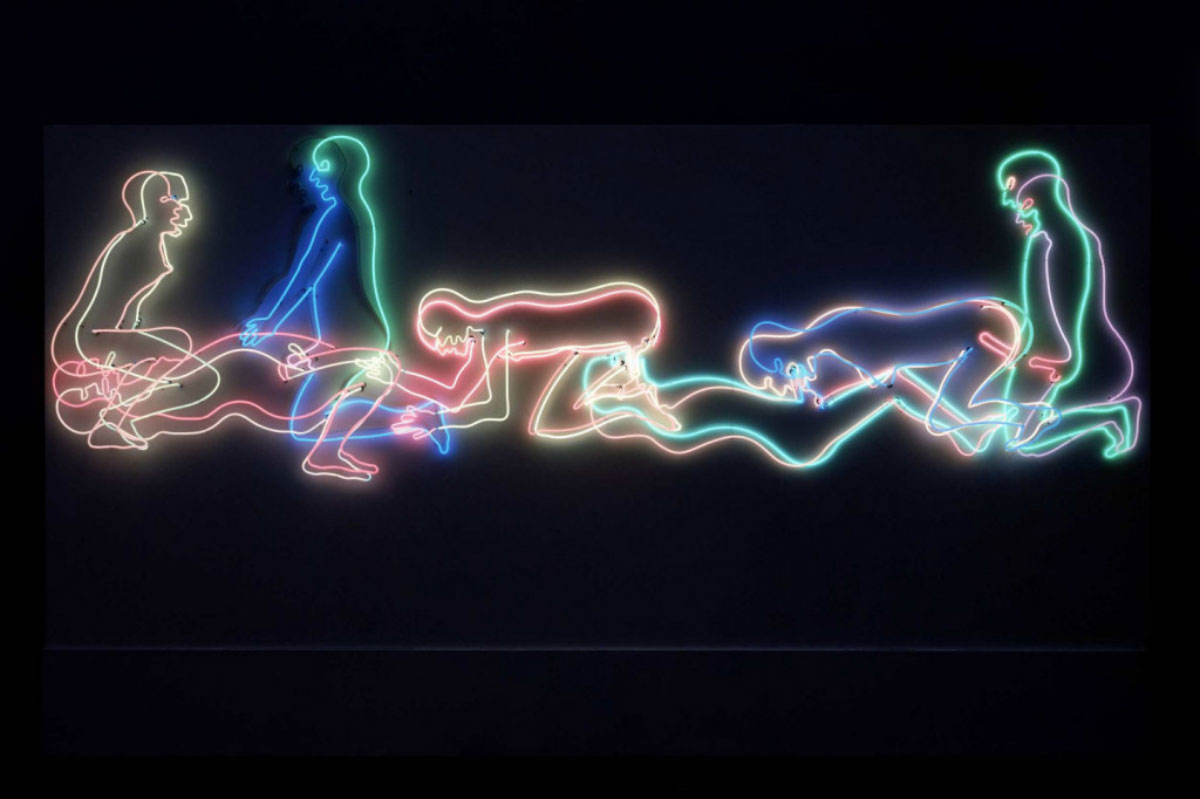
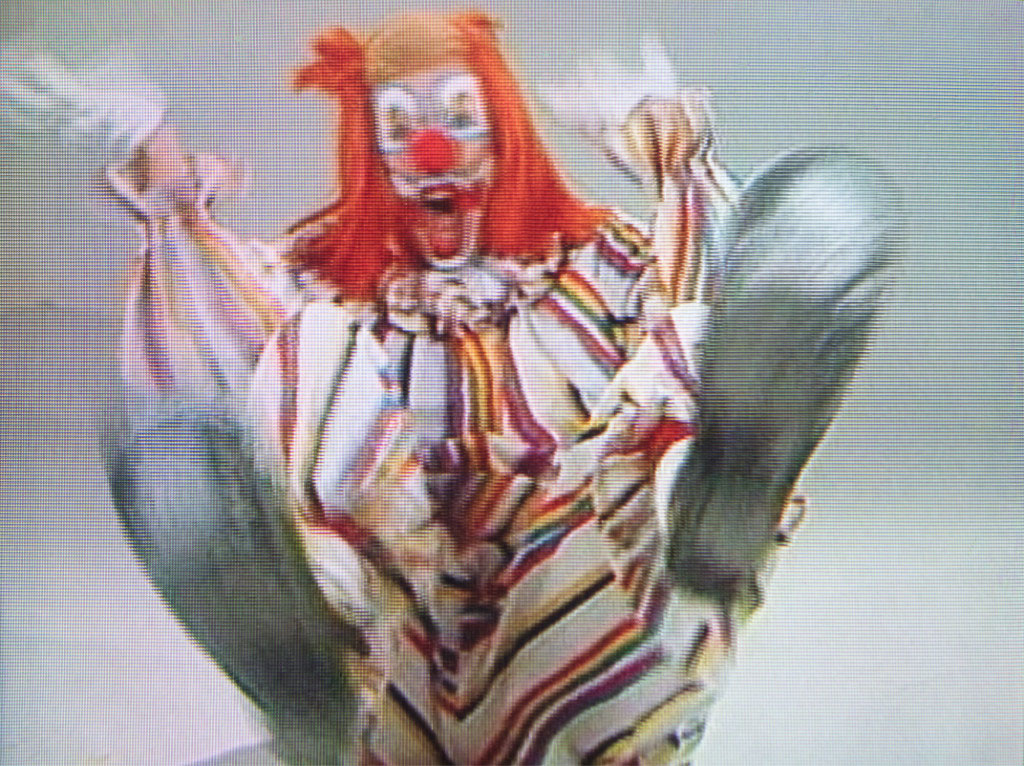
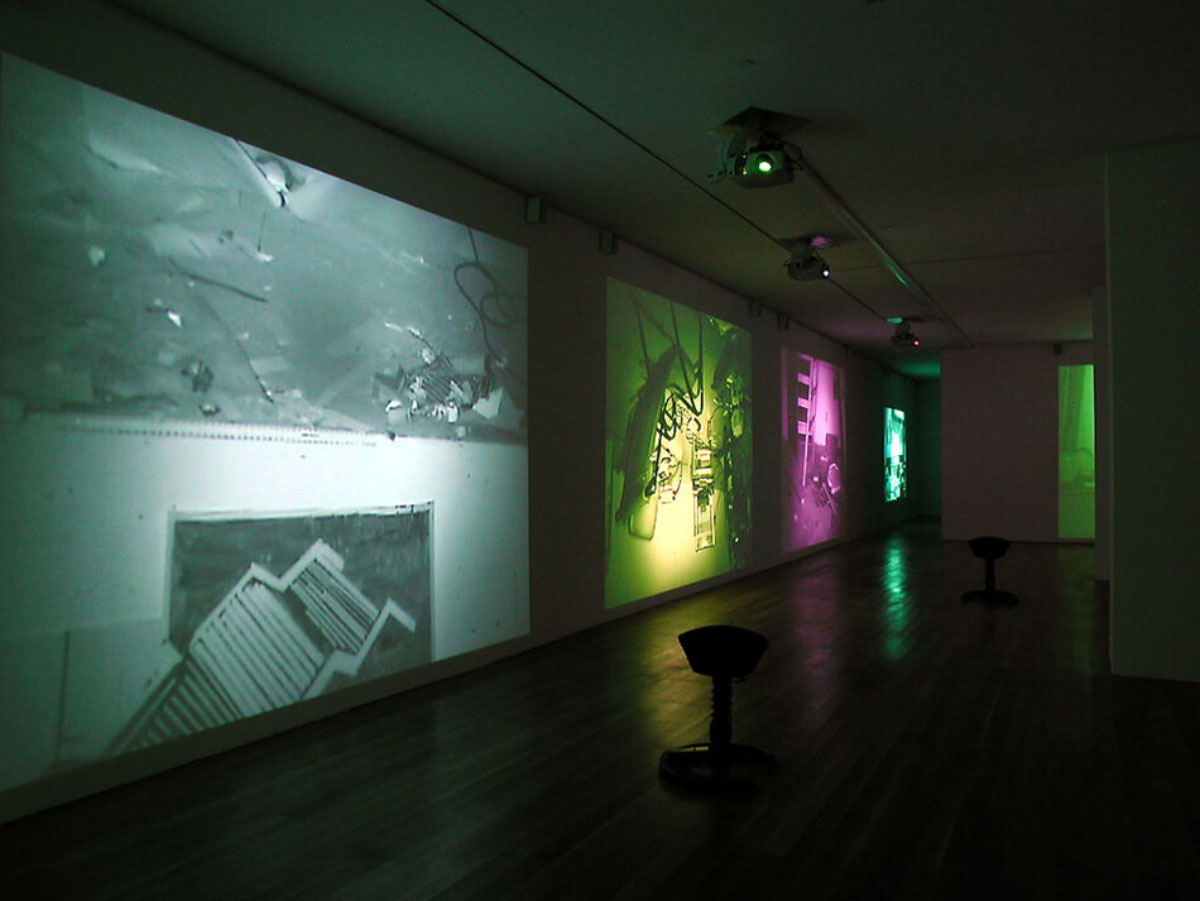
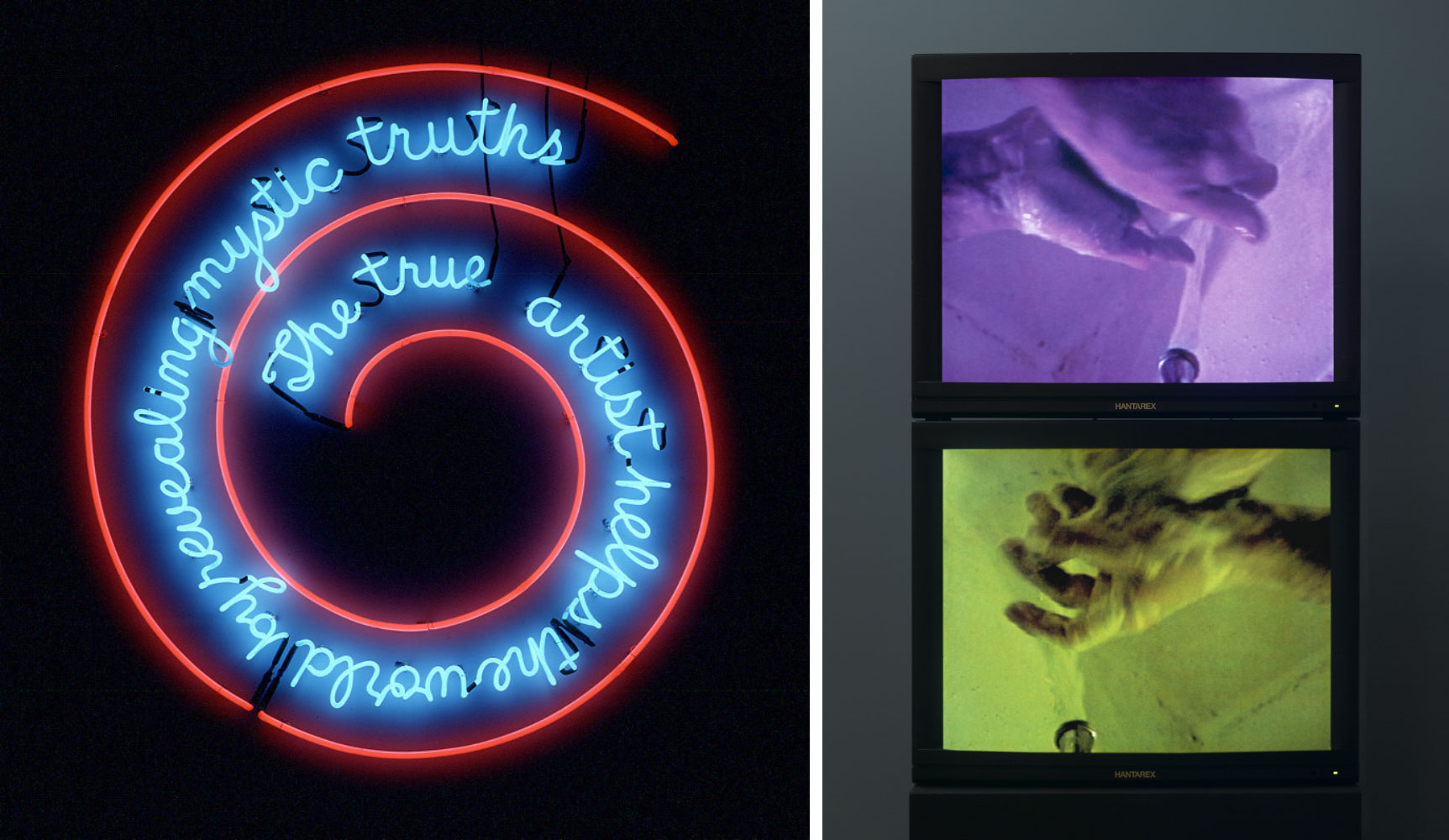
Right: Bruce Nauman, Washing Hands Abnormal, 1996. Collection Stedelijk Museum Amsterdam
